EDUCATIONAL projects
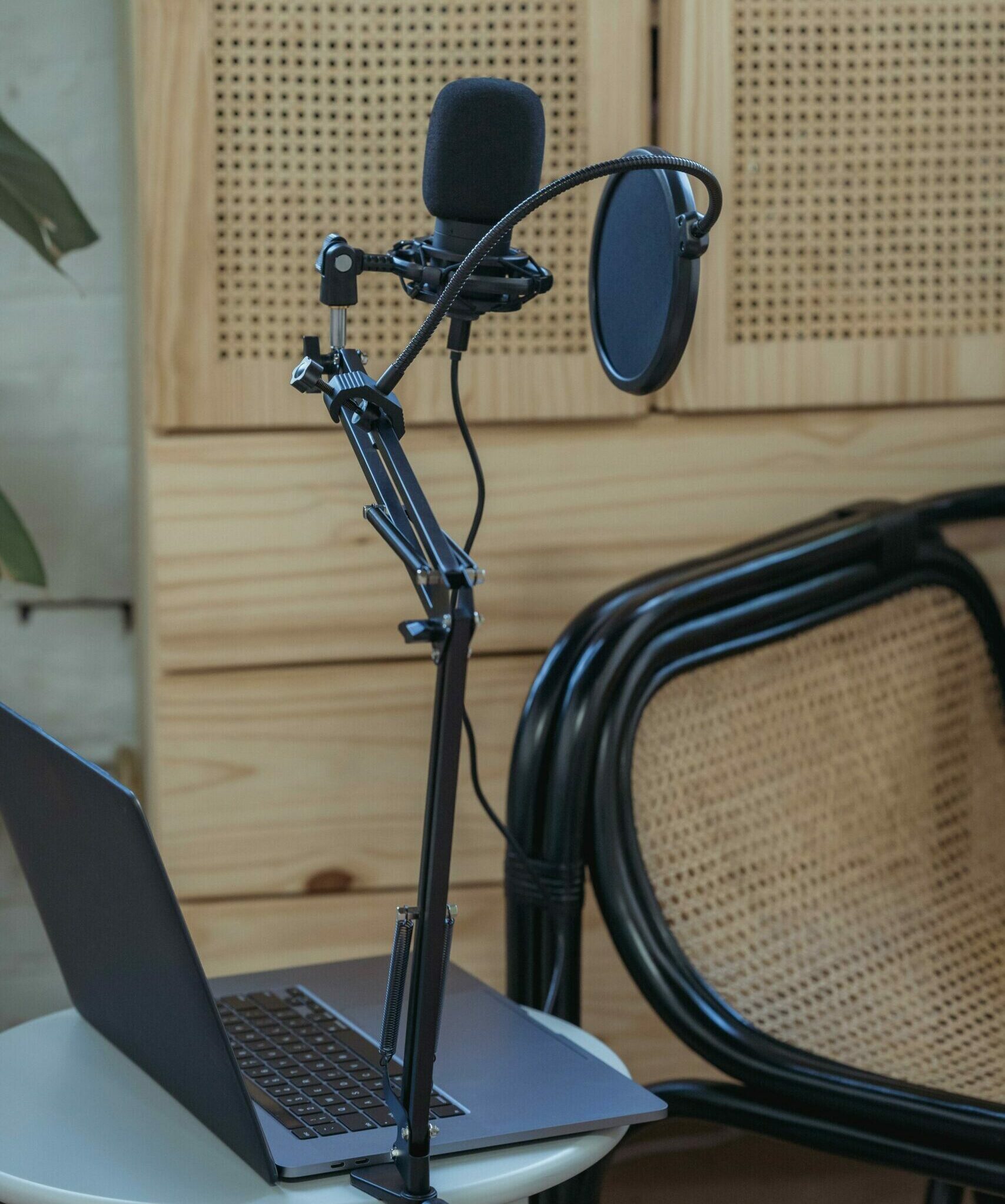
EarGlasses
The “EarGlasses” project is an educational initiative designed to introduce students to podcast creation as a tool for cultural expression, language development, and enhanced media literacy.
Over the course of ten weeks, participants will take part in practical workshops led by a team of media professionals coordinated by Jess Bauldry. The program includes sessions on storytelling, audio production, and editing. Students will be encouraged to explore their cultural identities, share their experiences, and produce their own audio content in a supportive and inclusive environment.
The project will culminate in a public presentation of the podcasts in front of peers, teachers, and families, celebrating the students’ achievements and fostering intercultural dialogue.

Locked Out – Youth Lens on Housing
Led by the association Youth Work Synergy, the project “Locked Out – Youth Lens on Housing” uses documentary filmmaking as a medium to give young people a voice in the face of the housing crisis in Luxembourg. Through a series of practical workshops led by professional artists, ten young participants aged 17 to 25 will be trained in filmmaking techniques (scriptwriting, filming, sound, editing) while exploring the structural challenges related to access to housing.
The project offers them not only artistic and technical skills, but also a platform to express themselves and bring their voices to the wider public and decision-makers. The documentary, co-created by the participants, will be presented at a public screening followed by a discussion with stakeholders from the housing sector to encourage collective reflection on potential solutions.
In partnership with Life asbl, this initiative combines arts education, civic engagement, and awareness of social inequalities, contributing to the empowerment of young people through arts and culture.
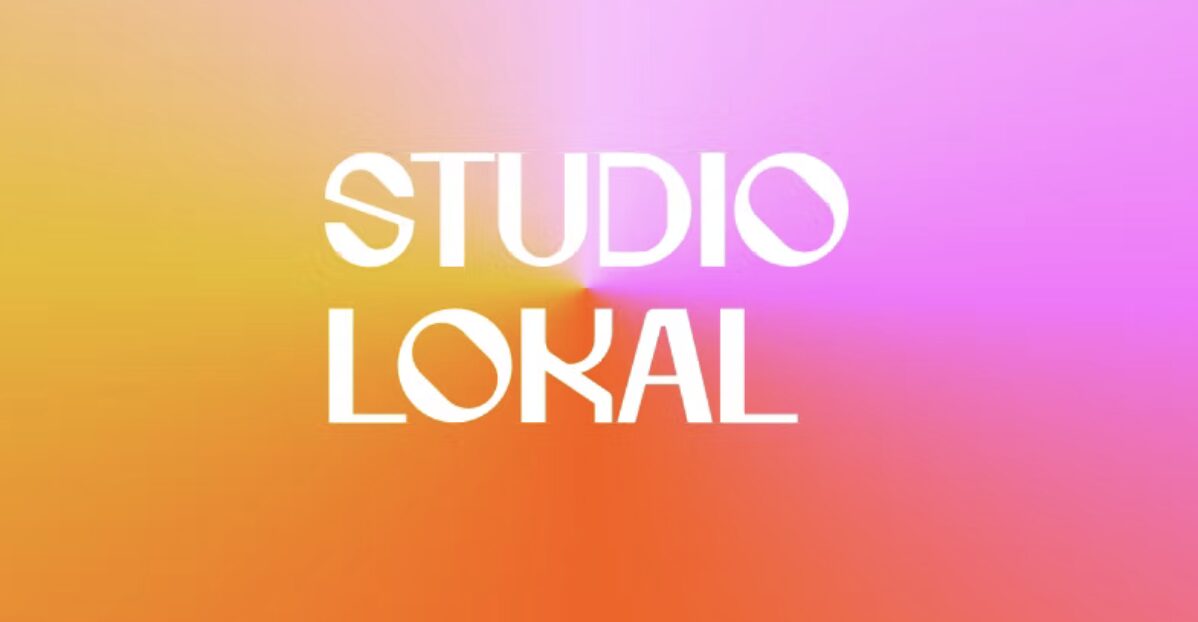
Studio Lokal
Led by the non-profit organization Muse, “Studio Lokal” is an educational project designed to support young people in discovering careers in the creative and artistic fields. Through a series of hands-on workshops (photography, graphic design, filmmaking, calligraphy, interior design), guided by professionals in the sector, participants gain practical skills and benefit from personalized mentoring.
The project primarily targets young people aged 16 to 30 and also includes guidance sessions focused on academic and career orientation, with particular emphasis on helping participants prepare applications for artistic studies.
In collaboration with cultural institutions in Luxembourg, “Studio Lokal” aims to improve access to arts education, promote local talent, and foster cultural inclusion.

La Troie luxembourgeoise
The project La Troie luxembourgeoise is an intergenerational theatrical and musical creation led by the non-profit organisation Kultrun. Inspired by Luxembourg’s mining history in the early 20th century, the play sheds light on the often-overlooked role of women in that context. Written by Jean Portante, it brings together children, young people, and adults on stage in a collaborative artistic process.
Through theatre and music workshops, young participants aged 10 to 25 are fully involved in the creation—as performers, musicians, and character developers. The project combines artistic education, personal expression, and the transmission of memory, while celebrating the country’s cultural heritage.
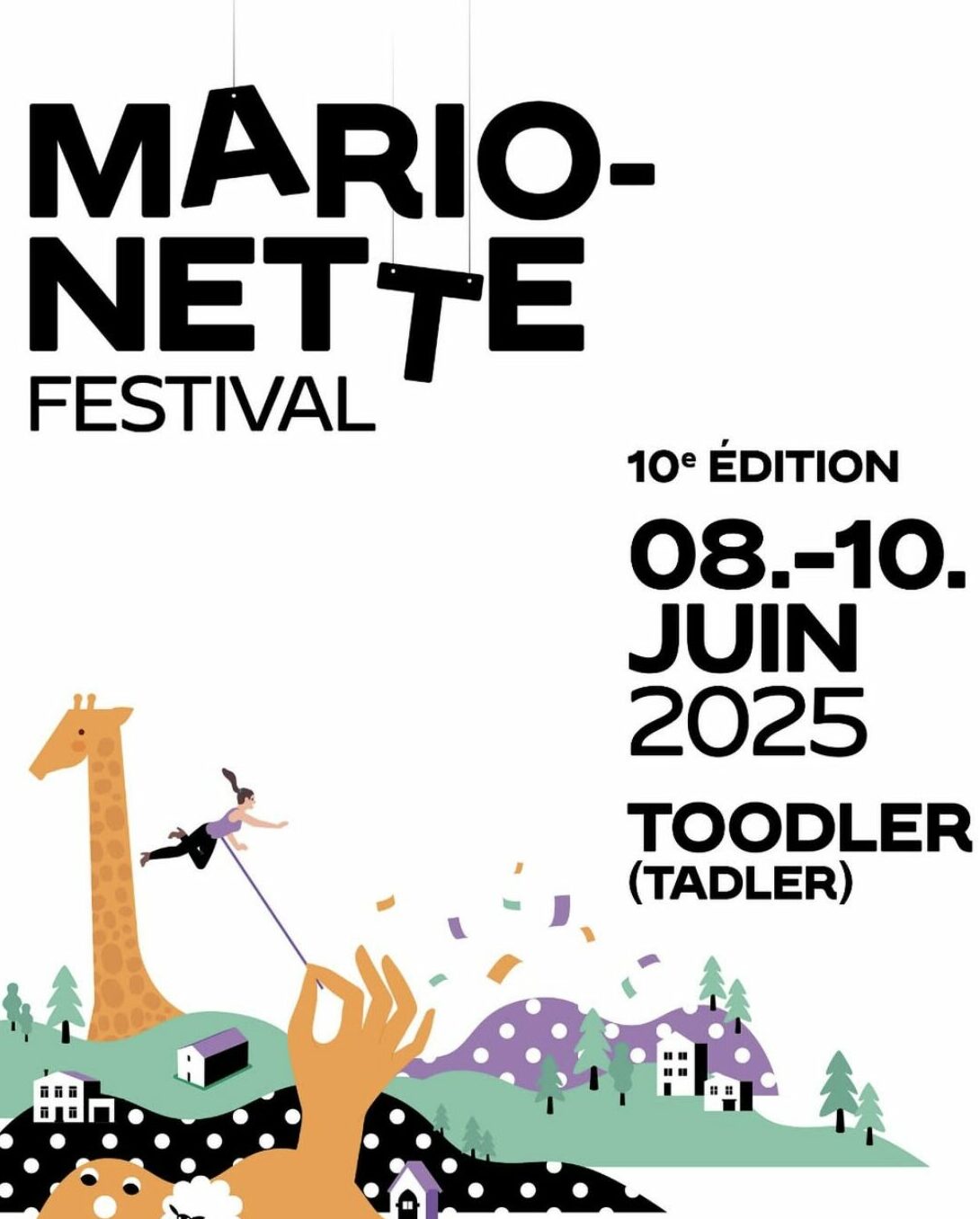
Vergiess de Gaardenzwerg
As part of the 10th edition of the Marionettefestival, the project “Vergiess de Gaardenzwerg” offered students from the Campus am Ale Bësch (commune of Esch-sur-Sûre) a unique artistic and educational experience in a rural setting. Guided by scenographer Lynn Scheidweiler, the children transformed everyday objects and recycled materials into imaginary creatures inspired by object theatre. This creative work took place in the form of playful and collaborative workshops, encouraging experimentation, hands-on exploration, and theatrical staging. The resulting artworks were exhibited in the village of Tadler during the festival, as part of an immersive and participatory trail.
In addition to the workshops, the pupils attended a festival performance, met artists, toured backstage areas, and helped collectively install the artworks. The project culminated on June 10, 2025, with a festive morning of school performances, bringing together pupils from formal and non-formal education institutions across the commune of Esch-sur-Sûre.
This project gave children meaningful exposure to creativity, ecology, and the appreciation of local heritage, while strengthening their teamwork, curiosity, and joy in creating together.
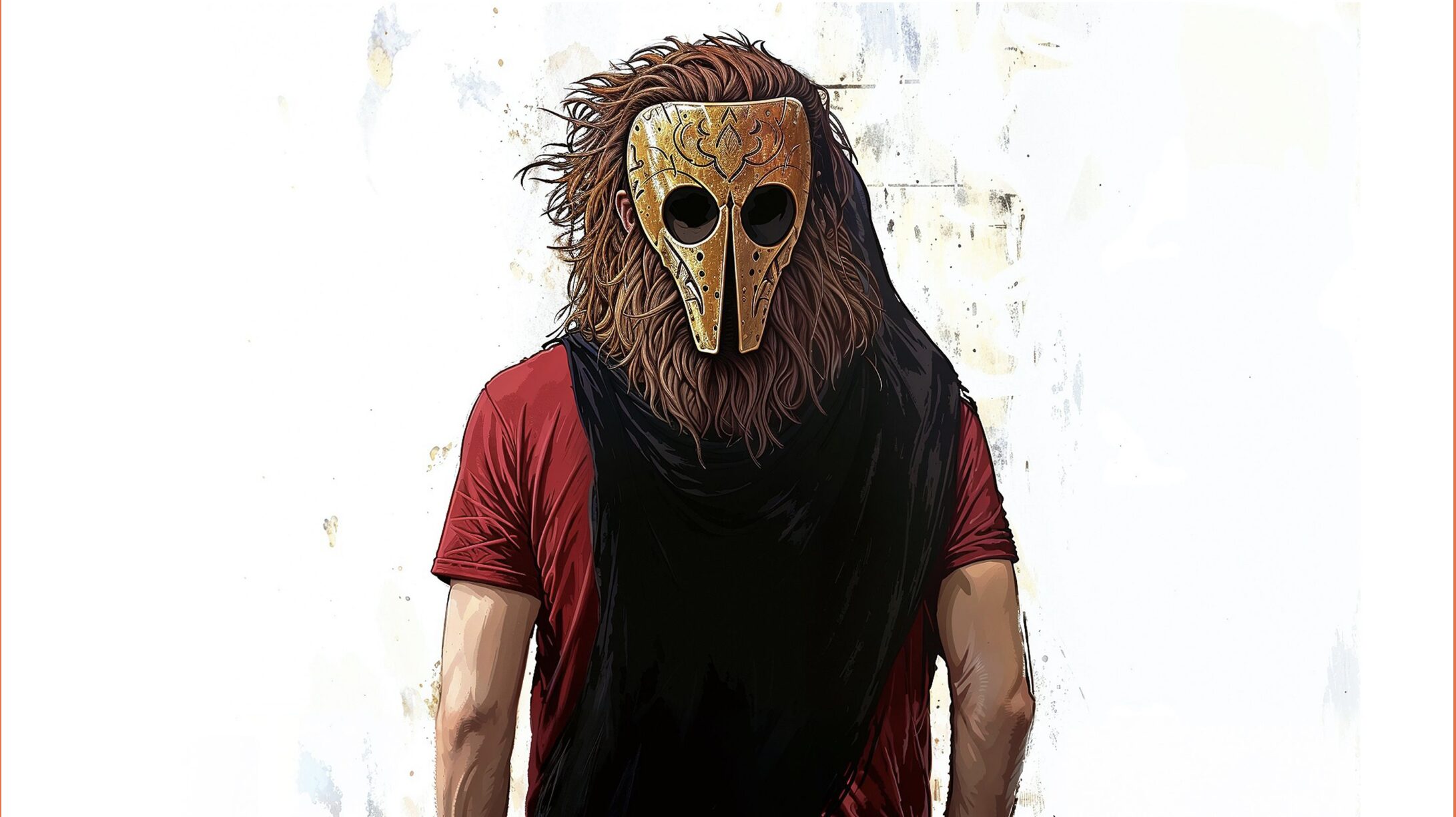
Ame, San et le Lion rouge
The project “Ame, San and the Red Lion” is an original theatre production for young audiences (ages 10 and up), created by the company Les FreReBri(des). Through the story of a blended family, the play explores the fears and emotions children experience when a new parental figure enters their lives, while also touching on the challenges faced by single mothers, particularly in the Luxembourgish context.
Alongside the performance, the project includes a strong educational component: interactive school workshops invite students to engage in the creative process, express their own family experiences, and discover the language of theatre. A special performance and round-table discussion will also be organised for single mothers.
The project promotes inclusion, challenges stereotypes around modern family structures, and provides space for intergenerational dialogue.
![POSTER[15]](https://fondation-sommer.lu/wp-content/uploads/2025/03/POSTER15-e1750064173617.jpg)
Filmreakter Youth Ateliers
The Filmreakter Youth Ateliers project offered young people aged 16 to 20 from disadvantaged or underrepresented backgrounds a unique opportunity to dive into the world of cinema by co-creating a short film. Through a pedagogical and immersive approach, the program guided participants through every stage of the filmmaking process—from scriptwriting to final editing. Supported by industry professionals, the young participants developed their skills while benefiting from a free and creative space for self-expression. The result was the short film “De nos jours”, which was publicly presented at the Rotondes on May 27, 2025.
Filmreakter embraces an approach in which young people are fully involved in the creative process, applying three core principles: free experimentation, collaborative work, and caring guidance. In a context where access to film professions is often limited to certain social groups, Filmreakter Youth Ateliers seeks to reduce these inequalities and foster greater diversity in the audiovisual landscape.
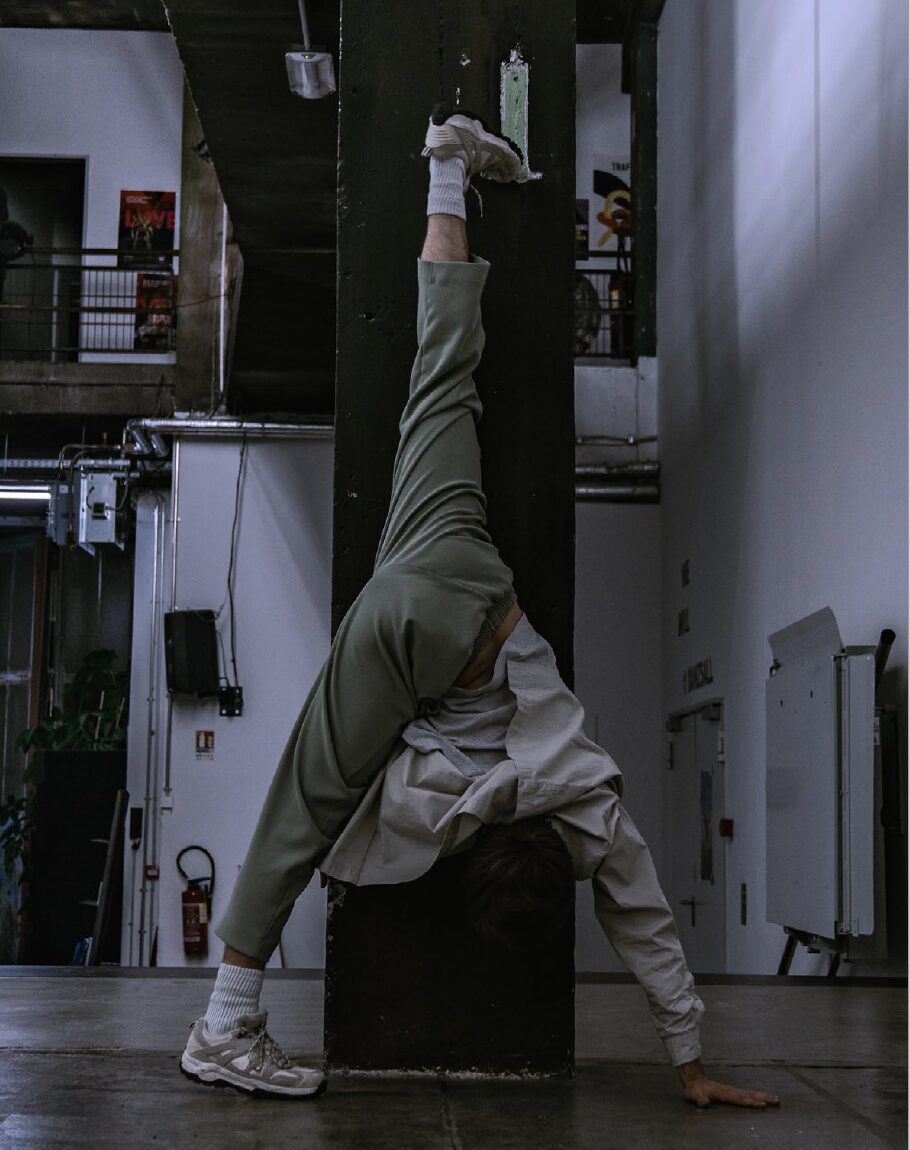
Infra
“Infra” is an educational project led by Le Ballet Populaire asbl and directed by dancer and choreographer Brian Ca. It explores the perception of the body in various contexts, questioning its constraints and freedoms.
Through educational activities linked to artistic creation, “Infra” invites secondary school students (aged 12-19) to discover a unique creative process and enhance their artistic expression. The project takes place in partner schools, including Lycée Nic-Biever de Dudelange Annexe Alliance, Bouneweger Lycée, and the National School for Adults.
“Infra” is an immersive experience that encourages reflection on movement and the interaction between the body and its environment. It features the participation of renowned artists, including Brian Ca (dance, choreography) and Ivan Pavlov (composer, musician).
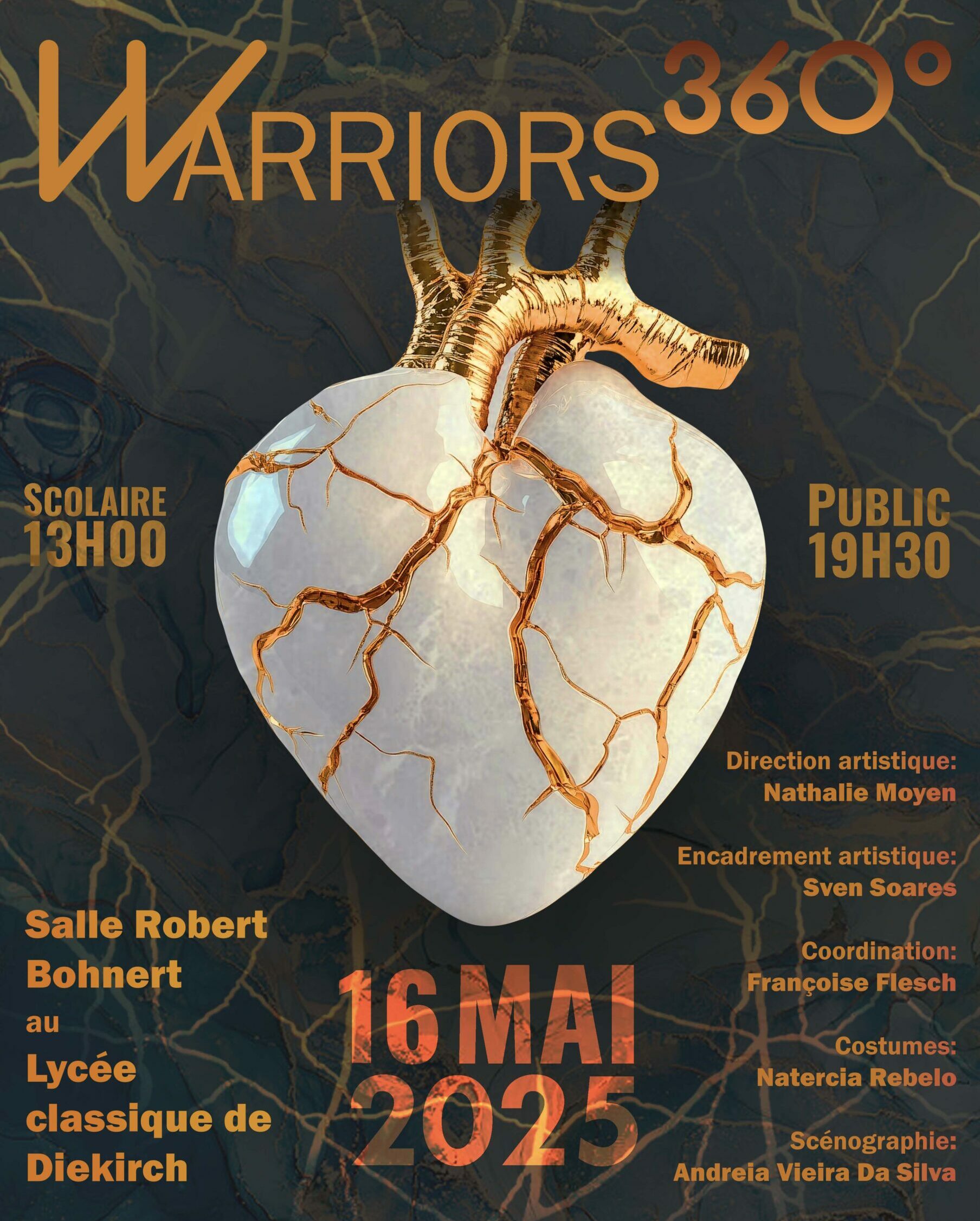
L C Danser – Warriors 360° - Dance Meets Martial Arts
The project “L C Danser – Warriors 360°” was an educational, cultural, and participatory initiative of the Lycée Classique de Diekirch, aimed at students from diverse academic backgrounds, with particular attention given to students in technical education and Clija classes. By combining contemporary dance and hip-hop with martial arts and body expression, this project fostered social inclusion, well-being, and the personal development of the participants.
Building on the project “L C Danser – To the Rhythm of Colors”, supported by the Sommer Foundation in 2023-2024, “Warriors 360°” capitalized on the success of this first experience, which had revealed the positive impact of dance within the LCD. This new edition enriched the project by integrating martial arts, thus offering students the opportunity to push their limits, explore new forms of expression, and strengthen their self-confidence. Thanks to the involvement of external artists, the students took part in all stages of the creative process, becoming active contributors to their own artistic expression.
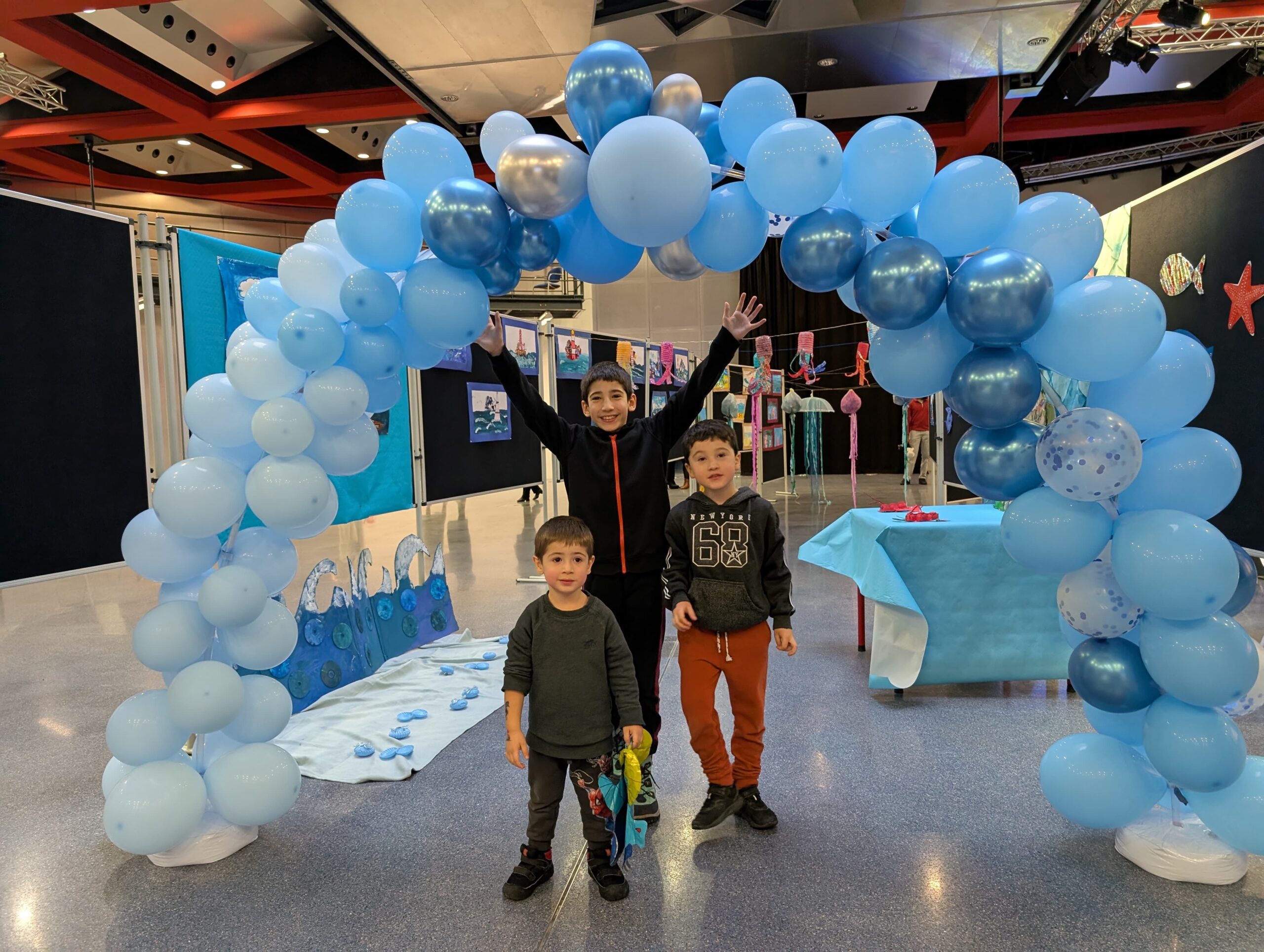 © ARK
© ARKSustainable art as a bridge for social integration in Luxembourg
Through the project “Sustainable art as a bridge for social integration in Luxembourg,” the non-profit organization ARK uses art as a means of inclusion and empowerment. By providing children and families in vulnerable situations, including refugees, with access to art workshops inspired by sustainable techniques, this project promotes their social and cultural integration.
During the 2024/2025 school year, thanks to multilingual teaching and creative activities, participants build self-confidence, learn French, and benefit from a safe and supportive space for self-expression. Currently, 23 young people are enrolled in the program. While “Express Yourself Through Art and a Sustainable Lifestyle” was the motto of the first semester, the second focuses on “Famous Artists from Around the World Using Sustainable Materials and Techniques.”
The exhibitions and events organized each semester strengthen community bonds and raise awareness of the importance of a sustainable lifestyle.
Archive
Load more
